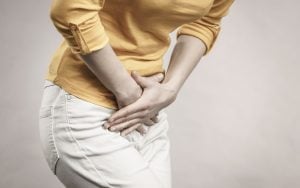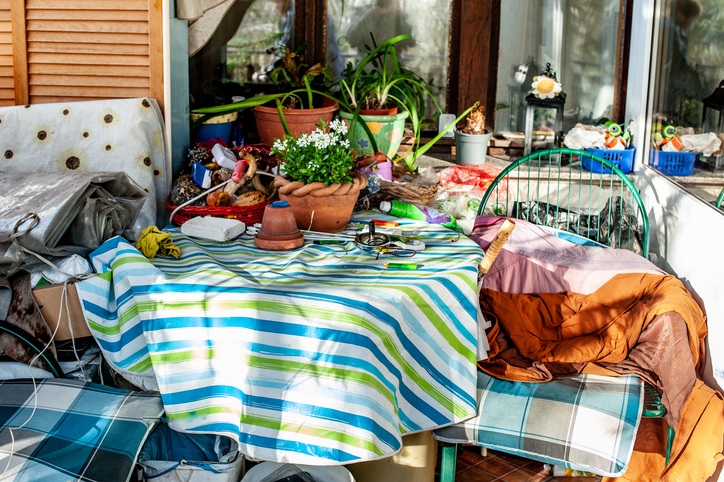Blood pressure is considered low when the top blood pressure reading is lower than 90 mm Hg (systolic) and the bottom number is lower than 60 mm Hg (diastolic). Normal blood pressure is considered to be 120/80. The systolic pressure is the amount of pressure the heart is exerting when it is pumping blood and the diastolic pressure is the amount of pressure on the arteries when the heart is between beats.
Low blood pressure (hypotension) is often classified into categories based on causes and factors. These include:
Postural hypotension- a sudden drop in blood pressure that occurs when a person moves rapidly from a sitting or lying down position to a standing position. It is often seen in people who are dehydrated, pregnant or on prolonged bed rest or who have large varicose veins, heart problems or certain neurologic disorders. Certain medications can lead to postural hypotension as well. These include diuretics (water pills), alpha-blockers, beta-blockers, medications for Parkinson’s disease, antidepressants and erectile dysfunction.
Postprandial hypotension -occurs after a person eats a large meal and affects mainly older people. Normally after a meal a person’s heart rate will increase and the blood vessels will constrict. In postprandial hypotension this doesn’t occur and a person may feel dizzy or feel faint.
Low blood pressure may also be due to faulty brain signals to the heart. Other causes of low blood pressure can occur when there is sepsis, during a heart attack, being anemic, having a slow heart rate, when there is heart failure, and in conditions such as parathyroid disease, hypoglycemia, and adrenal insufficiency.
Symptoms of low pressure can be indicative of underlying medical conditions and can include:
- Fatigue
- Nausea
- Blurred vision
- Lightheadedness
- Fainting
- Dizziness
Diagnosing low blood pressure can be accomplished by taking a blood test to determine if there are metabolic causes, an electrocardiogram, an echocardiogram, a stress test, or a tilt table test.
Treatment of low pressure is determined when the cause has been identified. It may include a change in diet, consuming more water, wearing compression stockings, or taking medication.
If you are experiencing symptoms of low pressure you should consult with your physician to make a diagnosis and find the cause. If you would like to schedule an appointment with a physician at Flushing Hospital Medical Center, please call 718-670-5486.
All content of this newsletter is intended for general information purposes only and is not intended or implied to be a substitute for professional medical advice, diagnosis or treatment. Please consult a medical professional before adopting any of the suggestions on this page. You must never disregard professional medical advice or delay seeking medical treatment based upon any content of this newsletter. PROMPTLY CONSULT YOUR PHYSICIAN OR CALL 911 IF YOU BELIEVE YOU HAVE A MEDICAL EMERGENCY.


